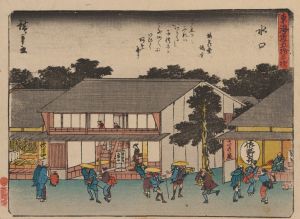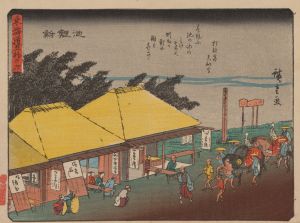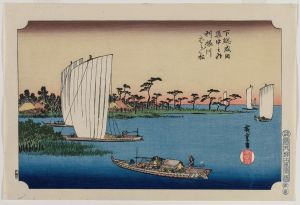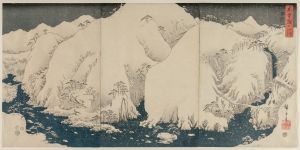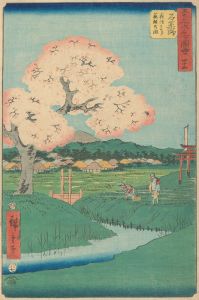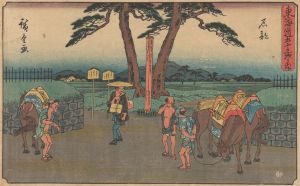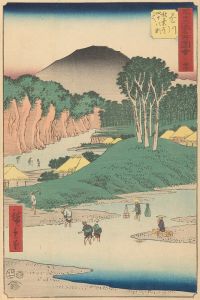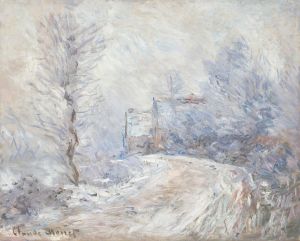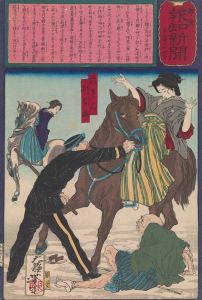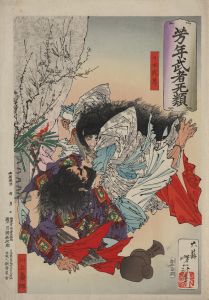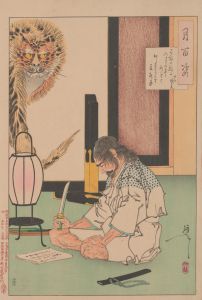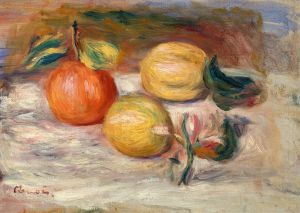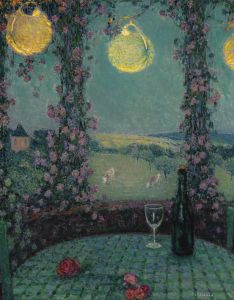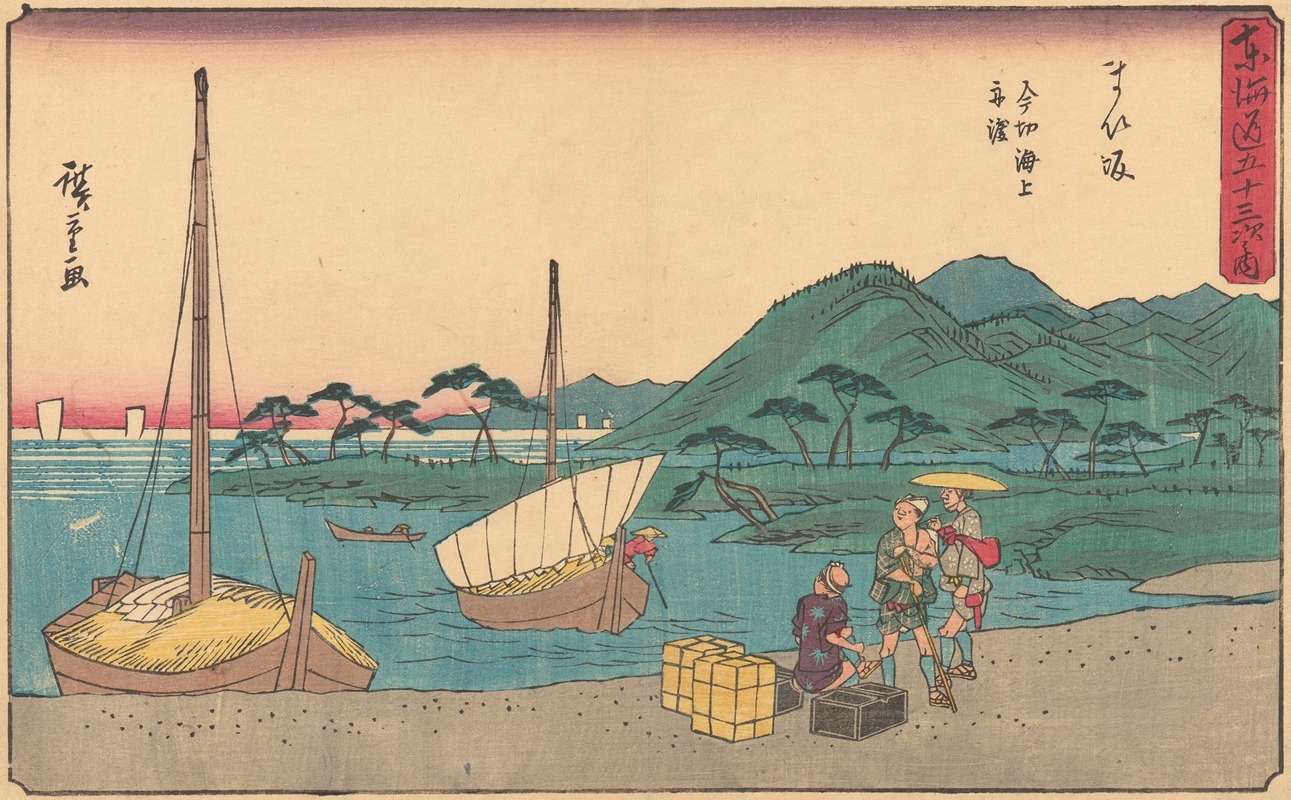
Maisaka
A hand-painted replica of Andō Hiroshige’s masterpiece Maisaka, meticulously crafted by professional artists to capture the true essence of the original. Each piece is created with museum-quality canvas and rare mineral pigments, carefully painted by experienced artists with delicate brushstrokes and rich, layered colors to perfectly recreate the texture of the original artwork. Unlike machine-printed reproductions, this hand-painted version brings the painting to life, infused with the artist’s emotions and skill in every stroke. Whether for personal collection or home decoration, it instantly elevates the artistic atmosphere of any space.
"Maisaka" is a woodblock print by the renowned Japanese ukiyo-e artist Andō Hiroshige. This artwork is part of Hiroshige's famous series "The Fifty-three Stations of the Tōkaidō" (Tōkaidō Gojūsan-tsugi), which was first published between 1833 and 1834. The series depicts the various stations along the Tōkaidō road, the most important of the Five Routes of the Edo period in Japan, which connected Edo (modern-day Tokyo) to Kyoto.
Hiroshige's "Maisaka" print captures the essence of the Maisaka-juku, the thirtieth station along the Tōkaidō. This station was located in what is now Hamamatsu, Shizuoka Prefecture. The print is celebrated for its vivid portrayal of the coastal scenery and the daily life of travelers and locals during the Edo period.
In the "Maisaka" print, Hiroshige illustrates a serene and expansive view of Lake Hamana, which was historically known as a lagoon connected to the Pacific Ocean. The composition typically features a wide expanse of water with boats sailing, reflecting the importance of maritime activities in the region. Fishermen and travelers are often depicted, emphasizing the bustling nature of the station.
Hiroshige's use of perspective and color in "Maisaka" is notable. The print employs a technique known as bokashi, a method of color gradation that adds depth and atmosphere to the scene. The sky and water often exhibit subtle transitions in color, enhancing the sense of tranquility and vastness. Hiroshige's attention to detail and his ability to capture the transient beauty of nature are evident in this work.
"The Fifty-three Stations of the Tōkaidō" series, including the "Maisaka" print, played a significant role in popularizing the Tōkaidō road and its scenic spots. Hiroshige's prints were widely appreciated not only for their artistic merit but also for their documentary value, providing a visual record of the landscapes and daily life along this important route.
Hiroshige's work, including "Maisaka," has had a lasting impact on both Japanese and Western art. His compositions influenced many Western artists, particularly during the Japonisme movement in the late 19th and early 20th centuries. Artists such as Vincent van Gogh and Claude Monet admired and were inspired by Hiroshige's innovative use of perspective, color, and composition.
Today, Hiroshige's "Maisaka" print remains a celebrated example of ukiyo-e art. It is studied and admired for its artistic qualities and its historical significance, offering a glimpse into the Edo period's travel culture and the natural beauty of Japan's landscapes. The print is held in various collections around the world, including museums and private collections, where it continues to be appreciated by art enthusiasts and scholars alike.





